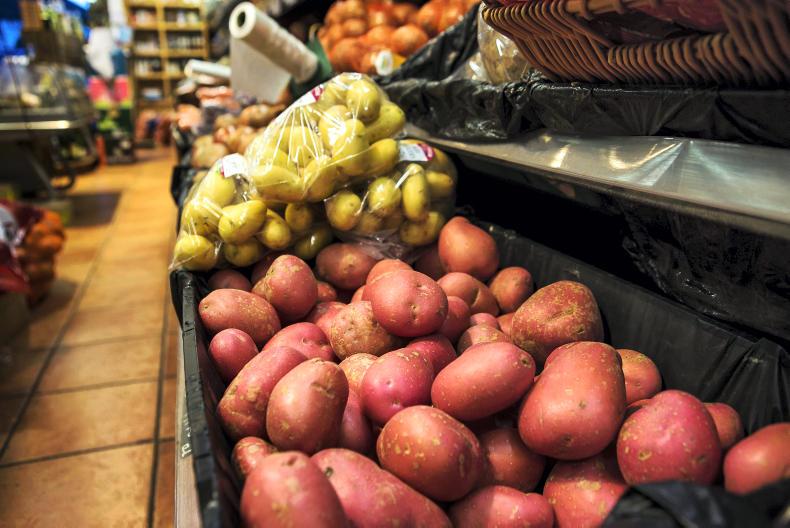The big takeaway from last week’s article on retailer power showed that ever-increasing supermarket dominance is not only squeezing incomes in the rest of the food supply chain but is acting against key elements of consumer demand.
The inverted food nutrition pyramid showed the requirement that suppliers pay for shelf space is resulting in consumer offerings in supermarkets that are dominated by multinational snack and confectionery companies who can afford to pay the supermarket entry costs.
This has resulted in purchases of what healthy eating rules say should be occasional products, constituting up to 25% of Irish consumer food spend.
This market obsession with price and shelf space payments means that major consumer concerns such as climate change and access to nutrition are not being served.
So if the market is not functioning in meeting these needs, is it right to ask an already stretched Common Agricultural Policy (CAP) to remediate the negative impact of this dominant buying structure?
Increasing CAP demands
The underlying function of the CAP and the rationale for intervention is the recognition that income and price volatility are systemic aspects of agriculture production. This is not just because of weather and other external impacts but because of the cyclical nature of supply and demand in agriculture and food.
The CAP supports the single market by upholding very high EU food standards and facilitating external trade. CAP interventions have also been very effective in addressing volatility shocks to EU agriculture. For example, the Russian ban on EU food exports in 2011/2012 or the extreme volatility in dairy and pigmeat prices in 2015 and 2016. The CAP has never been more necessary, more relevant and indeed more value for money.
As well as underpinning the incomes of almost 44 million people employed in the sector across the EU, it is the only meaningful link between European citizens and their agri-food sector that is focusing on global issues such as climate change and access to nutrition.
In effect, the CAP is now being asked to act as a substitute for a well-functioning market and provide both market signals and support for the agrifood industry as it addresses consumer demand in these crucial areas.
European Commissioner for Agriculture Phil Hogan has said that Europe’s farmers “are the key link of the food chain but their place is currently not strong enough”. He has also stated that the farmer’s share of what EU consumers spend on food is being continuously squeezed by the clear imbalance of power between producers, retailers and other actors. He also acknowledges that the agri-food sector is the largest employing sector in the European Union.
But this does not address the distorted view of the cost of the CAP to the European taxpayer. CAP spending represents 40% of the EU central budget, which is 1% of European GDP.
However, this is miniscule compared to the US Federal budget which amounts to 20% of US budgetary spending.
The dominant buying power model is mitigating against farmers and food companies who are focusing on improved climate change processes by imposing access costs and failing to reward carbon-reducing production methods. The conclusion from the above is that the current dominant market price system is not fit for purpose.
Comment: Eoin Lowry
Farmers and food processors who are heeding the climate change and improved nutrition consumer messages are not seeing their efforts reflected in the current market structures. In policy terms, this mismatch of where consumers and voters are at and how the EU food market is operating is being left to the CAP.
However, the CAP is seeing a shrinking share of the EU budget and is being asked to address an ever-increasing amount of policy challenges with less resources. Ultimately, Europe needs a better-financed CAP if it is to do more to make up for dysfunctional market forces in the grocery retail trade.
Cheap food, but at what cost to the farmer?
Apples and oranges - how supermarkets stifle food innovation






 This is a subscriber-only article
This is a subscriber-only article










SHARING OPTIONS: